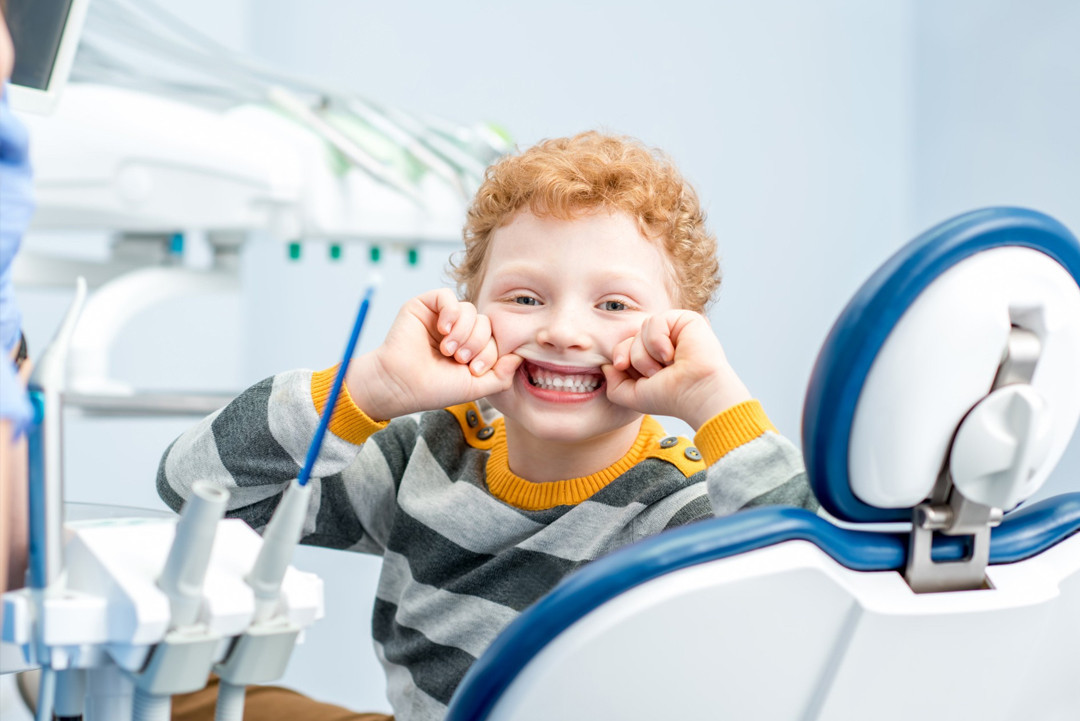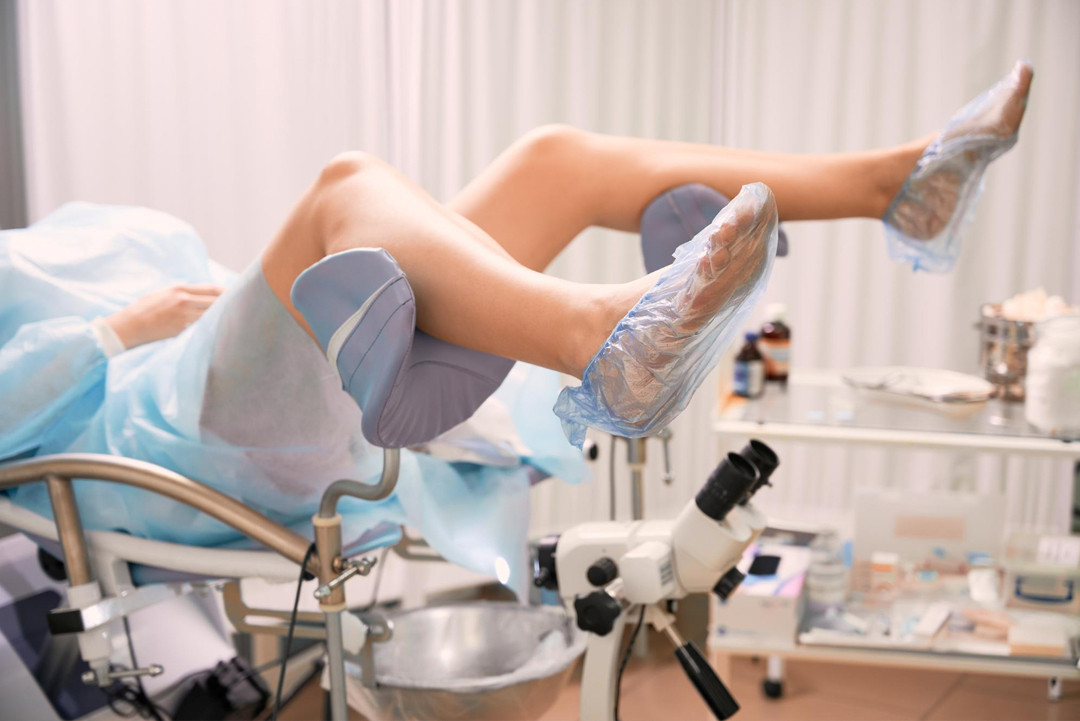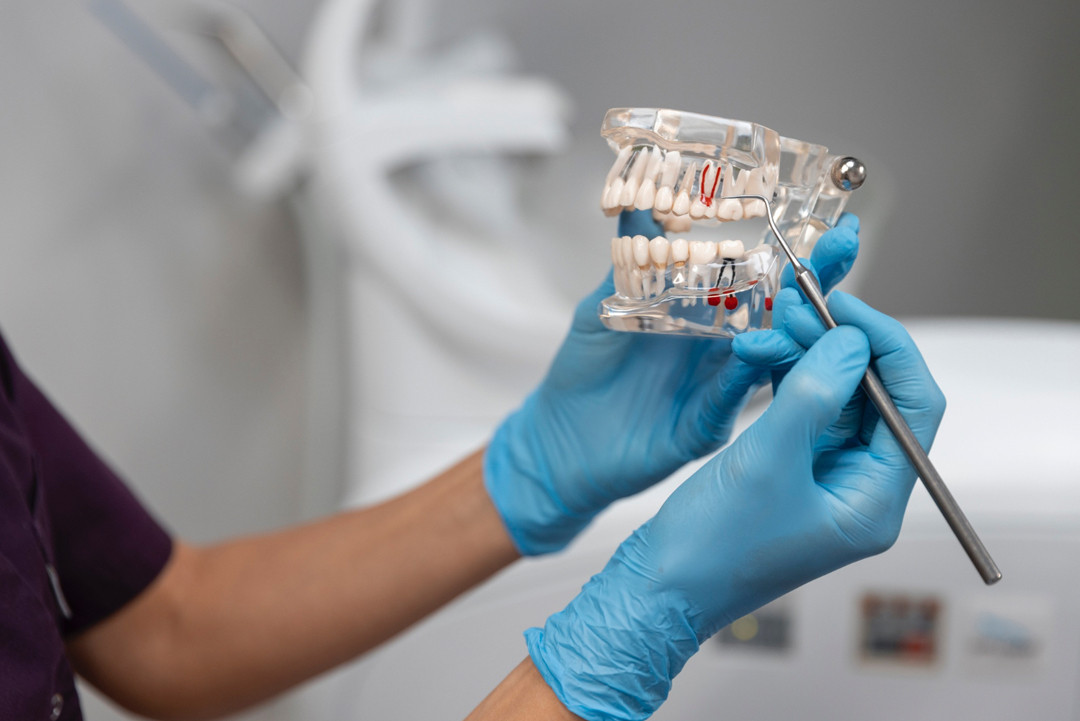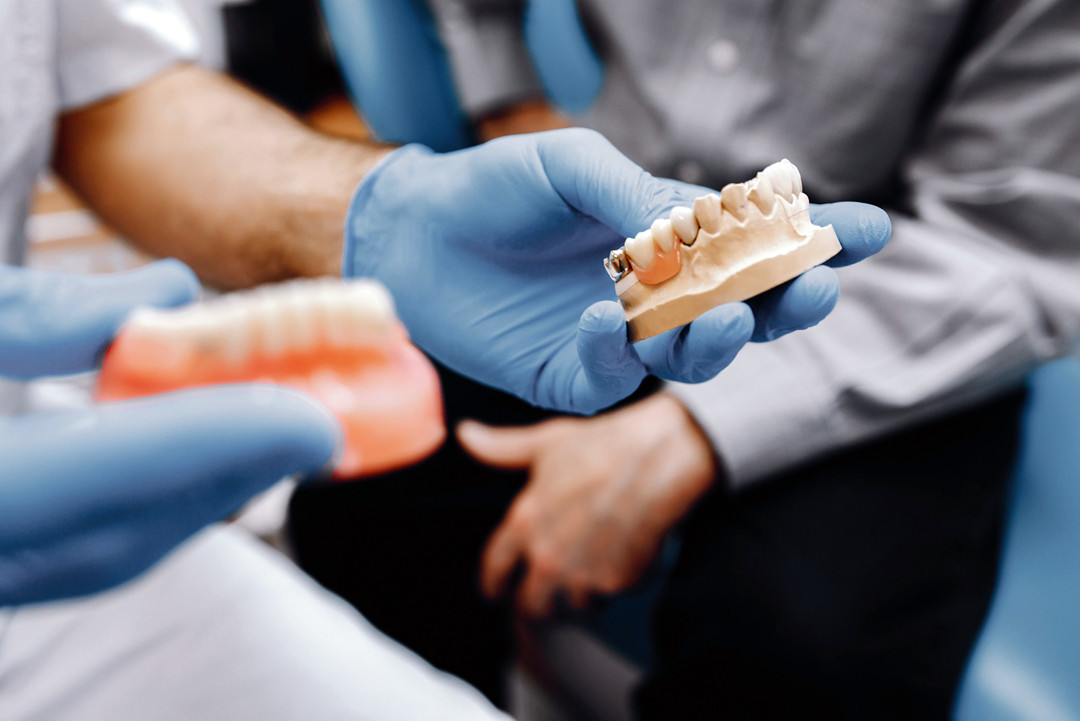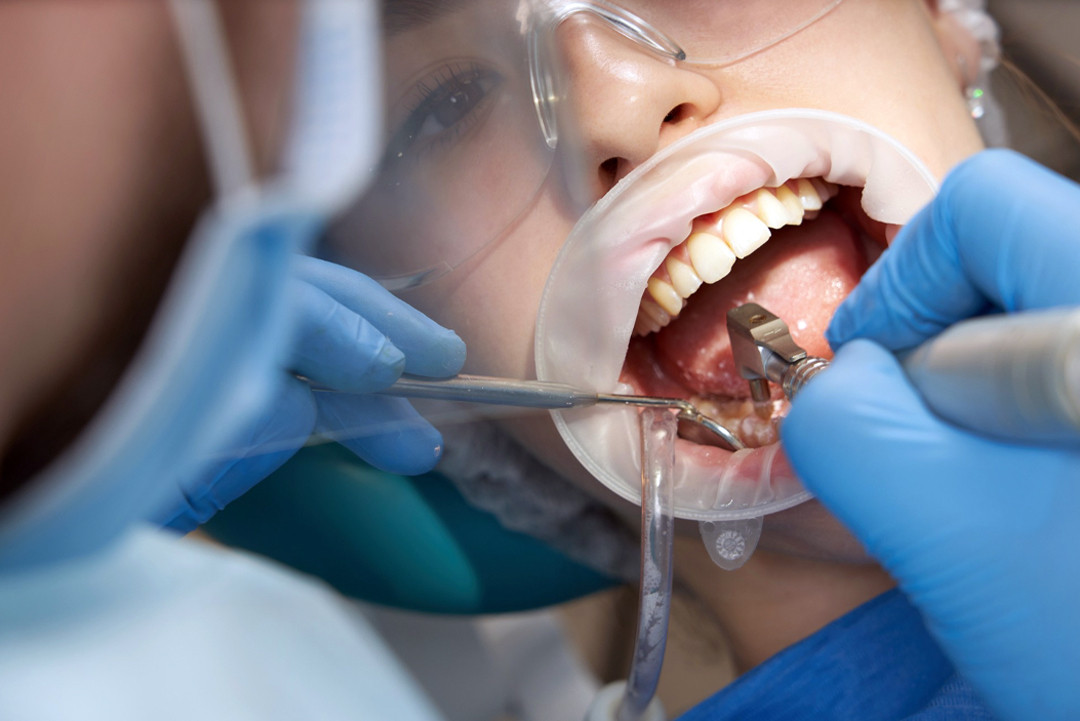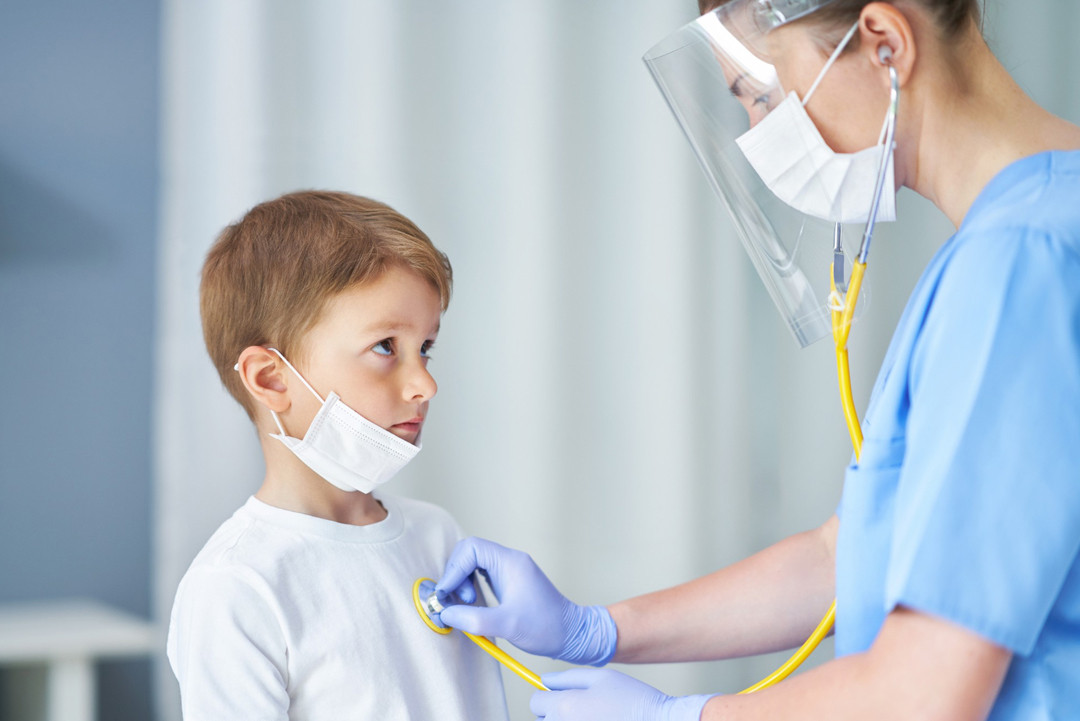What Is Pediatric Urology?
Pediatric urology focuses on diagnosing and treating conditions affecting the urinary and genital systems of children, from infancy through adolescence. This specialty addresses a range of issues, including urinary tract infections, bladder control problems, kidney stones, and congenital anomalies.
Pediatric urologists provide treatments in collaboration with other specialists, such as pediatric oncologists for genitourinary cancers, ensuring comprehensive care in both inpatient and outpatient settings. They also contribute to research, advancing care options for urologic conditions in children.
Common Pediatric Urologic Conditions
Pediatric urologists treat a variety of conditions, including:
Congenital Anomalies
- Hypospadias: The urinary opening is located below the tip of the penis.
- Epispadias: The urinary opening is located on the upper side of the penis.
- Undescended Testicle: Testicles fail to descend into the scrotum, requiring surgical intervention.
- Congenital Penile Curvature: Curvature of the penis noticed during erections, treated before puberty.
- Kidney and Upper Urinary Tract Anomalies: Includes single kidney and polycystic kidney disease.
Acquired Urologic Conditions
- Urinary Tract Infections (UTIs): Symptoms include pain during urination, fever, and irregular urine flow.
- Bladder Control Issues: Includes nocturnal enuresis (bedwetting) and incontinence.
- Kidney Stones: Hard mineral deposits causing pain and discomfort.
- Hydrocele: Fluid accumulation around the testicle, often resolving by age 2 or requiring surgery.
Other Conditions
- Penile Anomalies: Buried penis, phimosis.
- Reflux Nephropathy: Urine flows backward from the bladder to the kidneys, potentially causing kidney damage.
Diagnostic Methods in Pediatric Urology
Pediatric urology uses a variety of diagnostic tools to identify and assess conditions:
- Physical Examination: Initial evaluation by a pediatric urologist.
- Urine Tests: To detect infections or abnormalities.
- Imaging Tests:
- Ultrasound: Non-invasive imaging of the urinary tract.
- CT/MRI: Detailed images of the kidneys and surrounding structures.
- Cystoscopy: Visualization of the bladder interior using a thin, flexible tube with a camera.
- Voiding Cystourethrogram (VCUG): X-rays taken during urination after injecting dye into the bladder.
- Urodynamic Testing: Measures bladder and urethral function.
- Laparoscopy: Minimally invasive examination and treatment of pelvic and reproductive organs.
- Resectoscopy: Internal bladder examination and biopsy, if needed.
Treatment Options in Pediatric Urology
Treatment plans are tailored to the child’s specific condition, age, and overall health:
- Medications:
- Antibiotics: Treat infections.
- Alpha-blockers/Anticholinergics: Manage bladder control issues.
- Pain Relief and Anti-Inflammatory Drugs: Address discomfort and inflammation.
- Minimally Invasive Procedures:
- Laparoscopy: Both diagnostic and therapeutic, used for pelvic and reproductive organ conditions.
- Cystoscopy: For bladder and urethral treatments.
- Lifestyle Modifications:
- Dietary Changes: For kidney stones or bladder health.
- Behavioral Training: Scheduled bathroom visits to improve bladder function.
- Surgical Interventions:
- Repairing congenital anomalies, such as hypospadias or undescended testicles.
- Removing kidney stones or treating advanced urologic conditions.
Importance of Early Diagnosis and Treatment
Early diagnosis and timely intervention can prevent long-term complications, such as kidney damage or chronic bladder issues. Pediatric urologists use child-friendly approaches to ensure accurate diagnosis and effective treatment while minimizing discomfort and anxiety.





